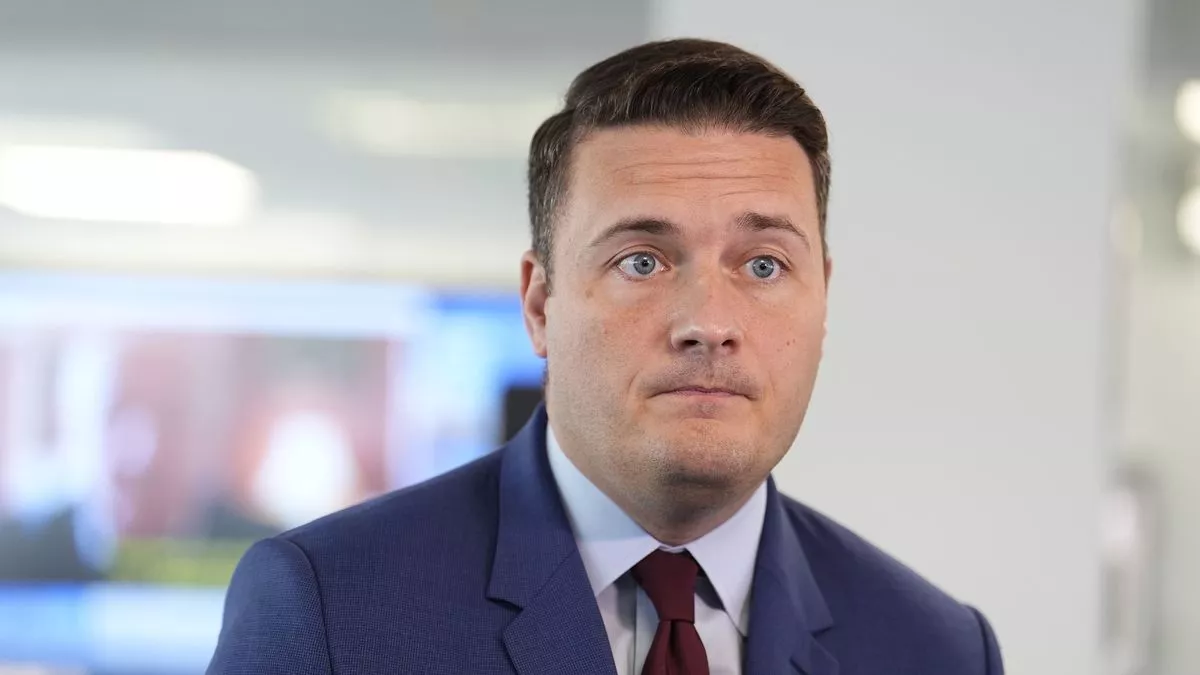

Voluntary redundancy terms proposed for staff at NHS England and integrated care boards have prompted an unusually strong backlash, with unions warning that the package is “grossly unfair” and represents the toughest conditions ever attached to an NHS exit scheme.
The national VR scheme has been issued to staff across NHS England, ICBs and commissioning support units, ahead of large-scale structural changes and cost reductions. However, the terms have not been approved by unions, despite being circulated to the workforce.
The response has been immediate. When NHS England sought expressions of interest earlier in the year, the numbers far exceeded expectations. The organisation now wants to “maximise” voluntary exits. Yet staff say the final terms make the scheme unattractive and in some cases financially punitive.
Clawback rules seen as the harshest ever
Under the draft scheme, all staff who take VR will have to repay some or all of their redundancy payment if they return to work for any NHS employer, government department or arm’s length body within a set period. The repayment timetable depends on role and payout size.
In previous schemes, clawback applied only to large payouts, typically above £100,000. Under the new plan, clawback will apply to junior staff receiving any amount, with a six month requirement to repay. Senior managers, executives and anyone with a package of £100,000 or more face a twelve month clawback.
Jon Restell, chief executive of Managers in Partnership, said the clawback rules reflect a firm Treasury line and are “the toughest ever sought”. Staff in clinical and specialist roles argue the rules are unworkable, since their skills largely tie them to NHS or government employment. Many said they will not apply for VR because they would be unable to work without breaching clawback.
Penalties for partially retired staff trigger anger
A major point of contention is the treatment of staff who have partially retired. Under the proposed terms, their reckonable service will be reduced or reset to zero, sharply cutting the value of their redundancy payment.
Unions say this represents a significant departure from civil service schemes, where partially retired staff do not lose their accumulated service. For some NHS employees, particularly those with decades of experience, the proposed change could reduce payments by tens of thousands of pounds.
Alan Lofthouse, deputy head of health at Unison, described it as a “real kick in the teeth” for individuals who had used partial retirement to remain in work and support stretched services.
Tax concerns add another layer of complexity
Several ICB staff reported that the timing of the scheme poses serious tax issues. With the NHS targeting exits before the end of the financial year, redundancy payments risk being taxed at the highest marginal rate.
One staff member said the problem alone made VR unviable. “I would get hammered with tax. If they held payment until after the tax year, people would go for it.”
Uncertainty across the system
Despite preparing to launch the scheme at pace, NHS England and some ICBs have not yet shared revised organisational structures. Staff therefore have no clear view of potential future roles or redeployment opportunities.
MiP warned of wide variation in readiness across ICBs, with some far more prepared than others to run VR programmes and restructures. Mr Restell said the rush to complete schemes by April carries risks for organisations and individuals, especially after months of delayed decisions.
A system under pressure
The voluntary redundancy scheme is designed to reduce the need for compulsory redundancies. But unions argue that the current terms make voluntary exit far less attractive than intended. Pension concerns, clawback periods for lower paid staff, the treatment of partially retired workers and the tax timetable all combine to create a package that staff and unions say needs urgent revision.
With the NHS seeking deep cost reductions and major organisational reform, the dispute over VR terms highlights the growing tension between financial pressures and workforce morale. Employees now face a difficult choice: leave on terms they view as deeply unfair, or stay in organisations that will soon undergo further restructuring without clarity on future roles.
As the scheme moves towards formal launch, pressure is mounting on national leaders and the Department of Health and Social Care to revisit the conditions before they discourage the very voluntary exits the system needs.